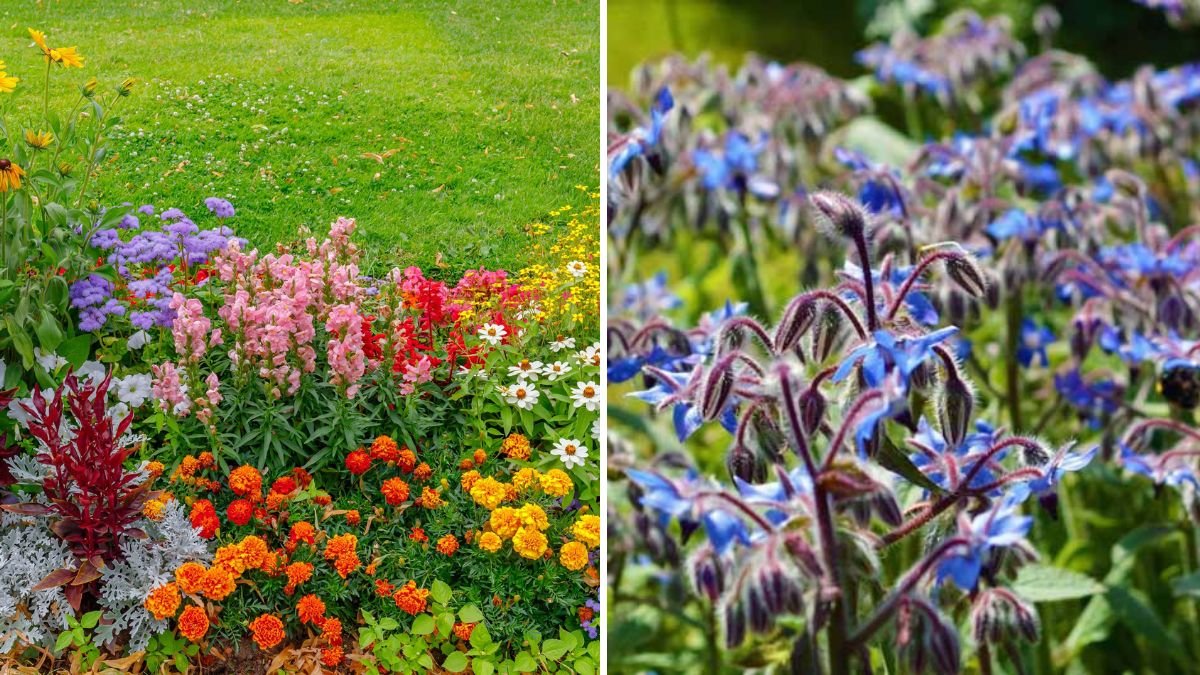Pollination is the lifeblood of a flourishing flower garden. Without it, flowers fail to set seeds, fruits remain undeveloped, and your garden’s ecosystem suffers. Yet many gardeners overlook this essential process, leaving plants underperforming despite optimal soil, sunlight, and watering. Boosting pollination not only improves flower and fruit production but also strengthens your garden’s biodiversity and resilience.
This guide explores six easy, practical ways to enhance pollination in your flower garden, creating a vibrant, productive, and buzzing outdoor space.
1. Attract Pollinators With the Right Plants
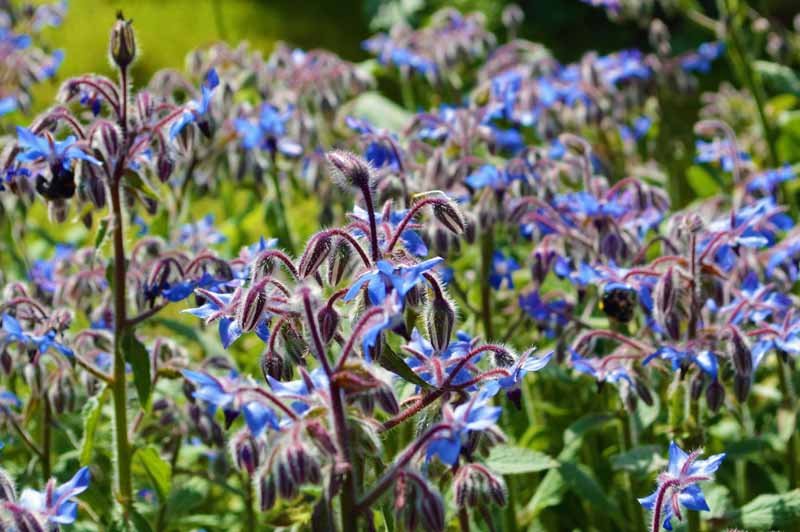
The simplest and most effective way to boost pollination is to invite pollinators into your garden. Bees, butterflies, hummingbirds, and even some beetles are natural pollinators that transfer pollen from one flower to another, ensuring fertilization and seed production.
Plant Choices That Attract Pollinators
- Bees: Lavender, coneflowers, sunflowers, borage.
- Butterflies: Milkweed, lantana, verbena, zinnias.
- Hummingbirds: Salvia, bee balm, trumpet vine.
Planting Tips
- Diversity Matters: Plant a variety of flowers with different shapes, colors, and bloom times to attract multiple types of pollinators.
- Continuous Blooms: Stagger flowering plants so that pollinators always have a food source from spring through fall.
- Native Plants: Local pollinators are more attracted to native species adapted to your region.
Tip: A pollinator-friendly garden is naturally more productive and requires less artificial intervention.
2. Provide Water Sources for Pollinators
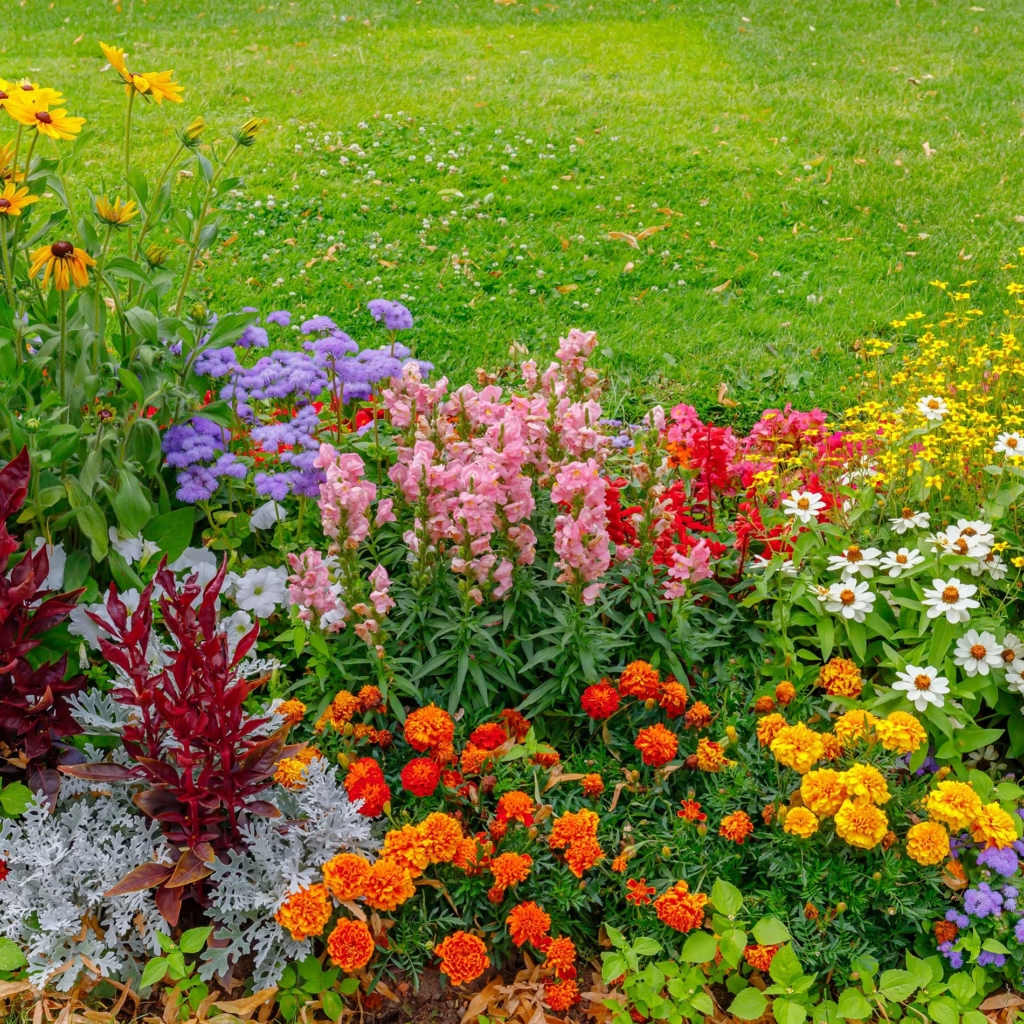
Pollinators need water just like any living creature, and a readily available source keeps them visiting your garden regularly.
Water Features for Pollinators
- Shallow Birdbaths: Add stones or floating objects for insects to perch safely.
- Misting Systems: Light misting in the morning can provide moisture for bees and butterflies.
- Small Puddles or Containers: Place shallow dishes with water around flower beds.
Tips for Maintenance
- Keep water fresh and clean to prevent mosquito breeding.
- Position water near flowering plants to encourage pollinator traffic.
- Avoid deep containers, which can be hazardous to small insects.
Tip: Pollinators will repeatedly visit a garden that meets their hydration needs, increasing the likelihood of successful pollination.
3. Minimize Pesticide Use
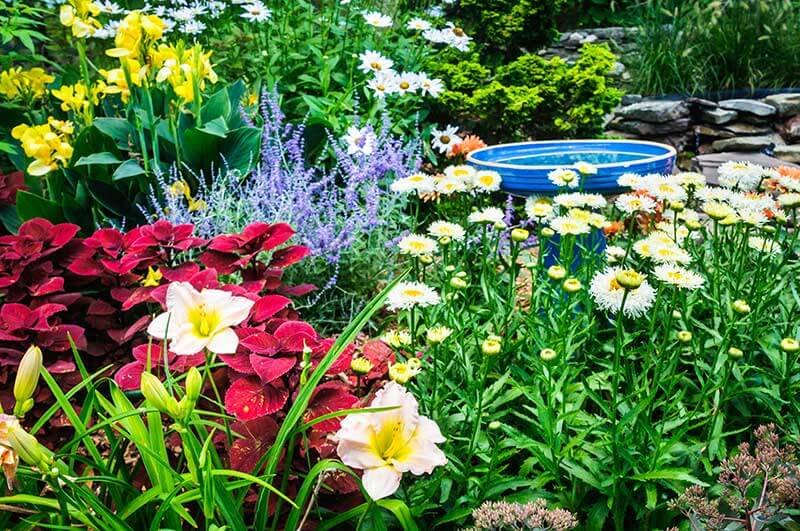
Pesticides can be devastating to pollinators. Chemicals intended for pests often kill beneficial insects or impair their ability to forage effectively.
Pollinator-Safe Practices
- Use organic pest control like neem oil, insecticidal soaps, or diatomaceous earth.
- Spray in the early morning or late evening, when bees and butterflies are less active.
- Target only affected plants rather than blanket-spraying the garden.
Tip: Healthy, pesticide-free flowers attract more pollinators, ensuring better fertilization and fruit set.
4. Encourage Self-Pollination When Needed
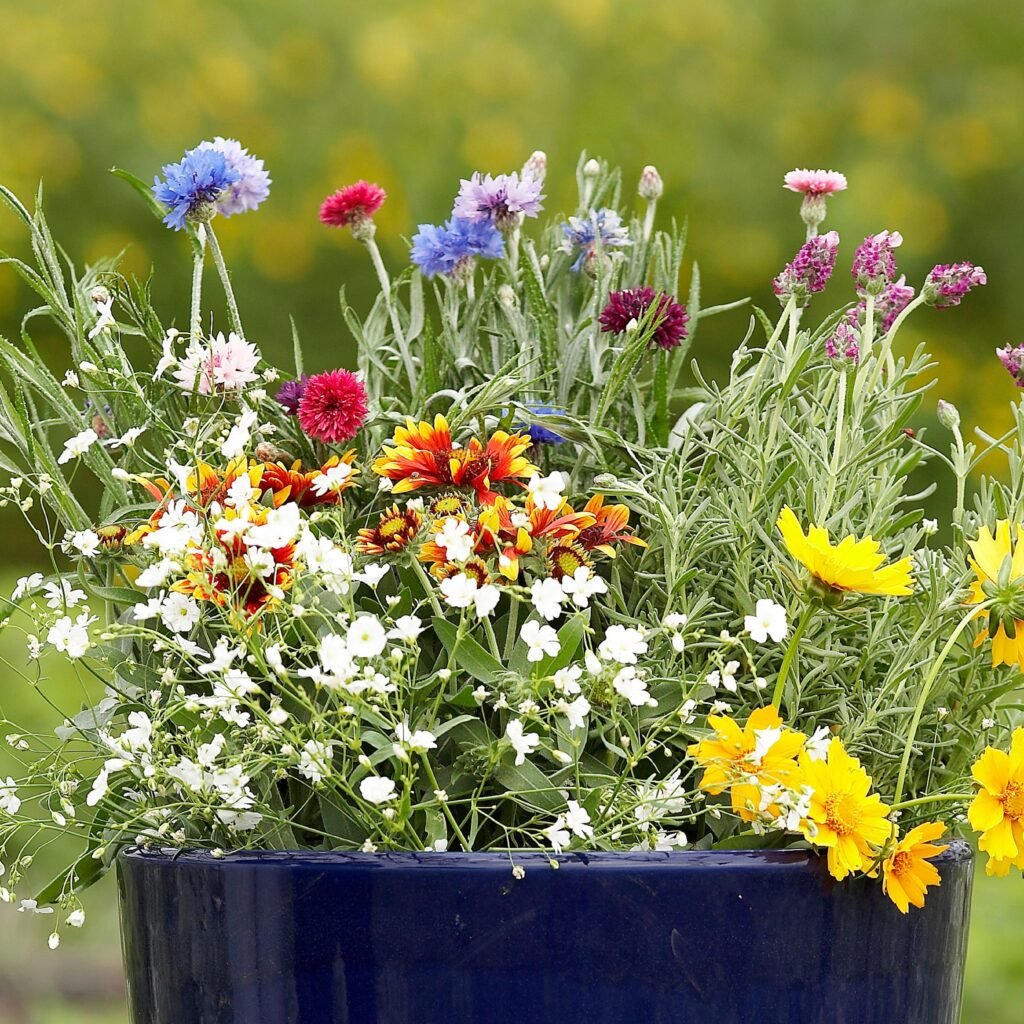
While many flowers rely on insects, some can benefit from manual pollination to boost results.
Manual Pollination Techniques
- Use a soft paintbrush to transfer pollen from one flower to another.
- Gently shake flowering branches to release pollen onto receptive parts.
- Focus on plants known for poor insect visitation or indoor flowers.
Best Candidates for Manual Pollination
- Tomatoes, peppers, and eggplants in garden beds or greenhouses.
- Certain hybrid flowers that don’t attract as many pollinators.
Tip: Manual pollination can supplement natural pollinators, especially during periods of extreme heat or rainfall when insects are less active.
5. Create a Pollinator-Friendly Habitat
Pollinators thrive in gardens that offer more than just food—they need shelter and nesting spaces as well.
Habitat Enhancements
- Bee Hotels: Wooden structures with hollow tubes provide nesting for solitary bees.
- Leaf Litter or Brush Piles: Offer shelter for beetles and other beneficial insects.
- Native Grasses and Shrubs: Provide cover and protection for pollinators from predators.
Seasonal Considerations
- Avoid excessive garden cleanup in fall; leaving stems and leaves can provide overwintering sites.
- Group plants in clusters to create safe, concentrated feeding areas.
Tip: A garden that supports the entire lifecycle of pollinators encourages repeat visits and more reliable pollination.
6. Maximize Flower Accessibility
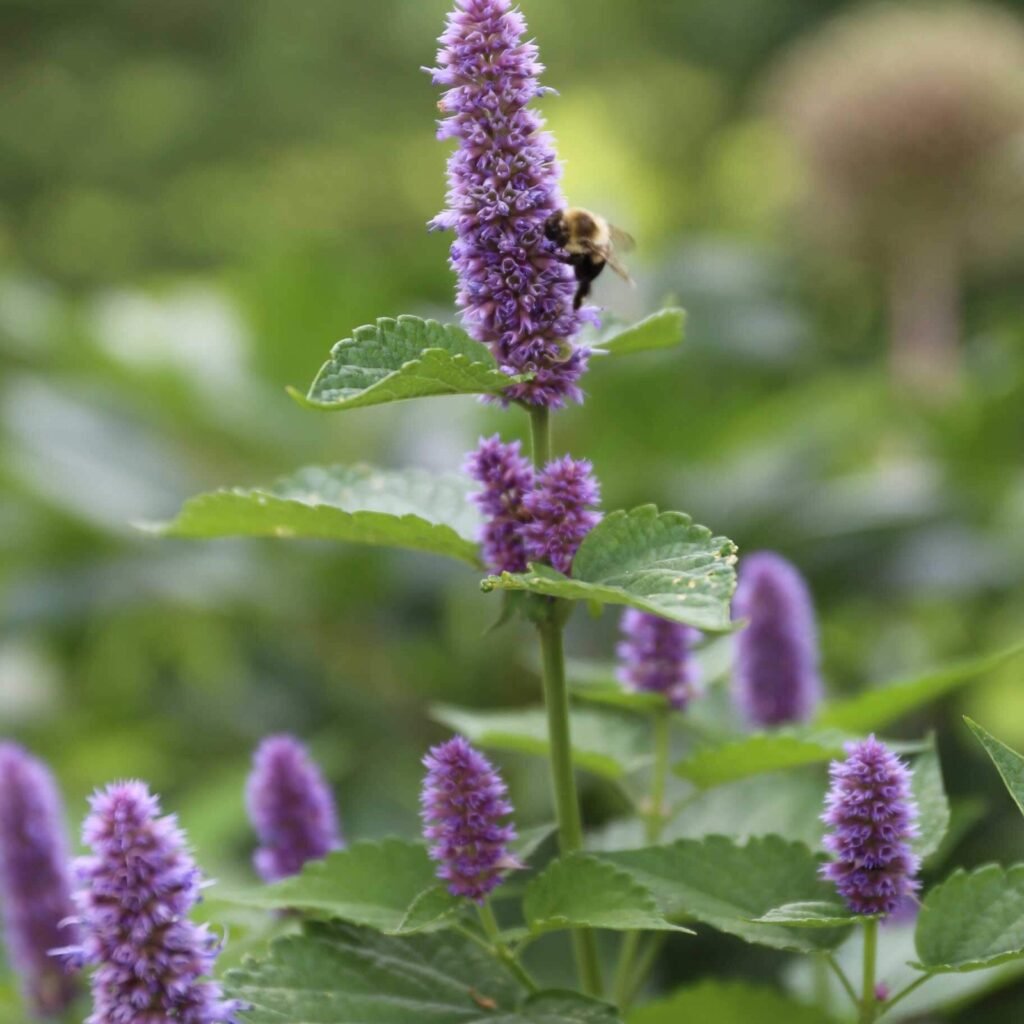
Even if your garden attracts pollinators, poor flower placement or structure can limit pollination.
Accessibility Tips
- Plant flowers at different heights to accommodate pollinators of varying sizes.
- Avoid overcrowding; give each plant space for easy landing and movement.
- Use open or shallow flowers for insects with short proboscises and tubular flowers for hummingbirds or long-tongued bees.
Companion Planting
- Place highly attractive flowers near crops that need pollination to draw pollinators to less conspicuous plants.
- Mix colors and scents strategically to guide insects through the garden.
Tip: Well-organized flower beds increase pollinator efficiency, leading to more flowers fertilized and more seeds or fruits set.
Additional Tips to Boost Pollination
- Plant in Sunlight: Pollinators are more active in sunny locations.
- Avoid Windy Sites: Strong winds discourage bees and butterflies from visiting flowers.
- Use Fragrant Flowers: Scented blooms can attract more pollinators from a distance.
- Provide Early and Late Blooms: Ensure flowers are available at all stages of pollinator activity throughout the growing season.
Tip: Observing your garden’s pollinator patterns can help you adjust planting and watering strategies for maximum benefit.
Conclusion
Pollination is essential for a thriving flower garden, impacting bloom longevity, seed production, and overall garden health. By implementing these six strategies—attracting pollinators, providing water, minimizing pesticides, encouraging self-pollination, creating habitat, and maximizing flower accessibility—gardeners can dramatically improve pollination success.
A pollinator-friendly garden is not only more productive but also biodiverse, resilient, and visually stunning. From bees buzzing among sunflowers to butterflies fluttering over zinnias, a garden rich in pollination activity is vibrant and alive, offering rewards that go far beyond aesthetics.
By understanding pollinators’ needs and providing an inviting environment, you can ensure that your flower garden thrives naturally, producing more flowers, more seeds, and a flourishing ecosystem. With a few simple adjustments and mindful practices, boosting pollination becomes an easy, enjoyable, and highly rewarding part of gardening.
Tip: Treat your garden as a pollinator sanctuary, and you’ll see the benefits in both flower production and the health of the surrounding ecosystem.
